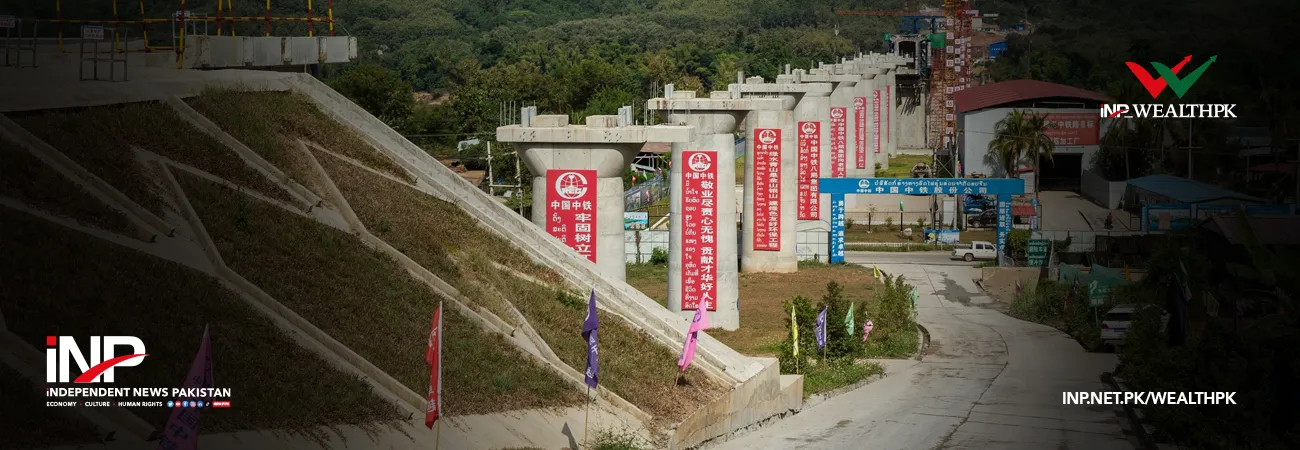INP-WealthPk
Arooj Zulfiqar
The Belt and Road Initiative (BRI) continues to improve the interconnection among Asia, Europe and Africa, promoting international trade and the optimal allocation of production factors among the countries involved. In the past, most efforts were geared towards promoting the primary targets of the initiative, the land-based Silk Road Economic Belt and the sea-based 21st Century Maritime Silk Road. However, in recent years, China has expanded its efforts with the introduction of the Digital Silk Road, Green Silk Road, Health Silk Road and Polar Silk Road. "The Green Silk Road is a comprehensive framework that promotes sustainable development and environmental protection across the vast regions involved in the BRI," says Hassan Daud, a former project director of the CPEC, while talking to WealthPK.
"While the BRI primarily focuses on improving transportation infrastructure, the Green Silk Road extends these goals to include ecological and agricultural aspects. It seeks to enhance cooperation in agriculture, agribusiness and environmental conservation," he said, adding, "China is leveraging this framework to foster agricultural partnerships and secure food trade agreements with countries along the route." Moreover, he said China had signed agricultural and fishery cooperation documents with more than 80 BRI partner countries, and more than 650 agricultural investment cooperation projects had been carried out.
Talking to WealthPK, Shahzad Amir Naveed, an agriculture sector specialist serving with the Ministry of Planning, Development & Special Initiatives, said: "The Belt and Road region, with its vast territory and rich agricultural resources, is an important area for China's agricultural cooperation and trade, and plays a significant role in ensuring food security and agricultural product safety." "This initiative aligns with China's broader goal of strengthening food security and ensuring a stable food supply for its growing population. Cooperating with partner countries, China can provide access to a wide range of agricultural products and technologies, as well as contribute to the sustainable development of agriculture in these regions," he mentioned.
"One of the fundamental ways China promotes agricultural cooperation is through the exchange of agricultural technologies. By sharing expertise and best practices, China can help partner countries improve crop yields, enhance food production, and promote sustainable farming techniques," Naveed said. The agriculture expert stressed that the Green Silk Road focuses on making Belt and Road projects greener and more sustainable. "Chinese policymakers have increasingly been focused on greening the BRI in recent years. The scope of the Green Silk Road includes reducing climate emissions and pollution, and protecting biodiversity while ensuring improved economic opportunities for the countries involved."
The ministry official said China is actively involved in training programmes and workshops to build the capacity of local farmers and agricultural workers. "These efforts help enhance the skill sets of individuals involved in agriculture, leading to increased productivity and better-quality produce." Hence, promoting eco-friendly agricultural practices is a crucial aspect of the Green Silk Road. Countries along the Green Silk Road have much to gain from this initiative. BRI partner countries can gain access to Chinese markets and technology while receiving assistance in improving their agricultural sectors. Moreover, by adopting eco-friendly agricultural practices, they can contribute to global efforts to combat climate change and protect natural resources, explained Naveed.
Credit: INP-WealthPk













